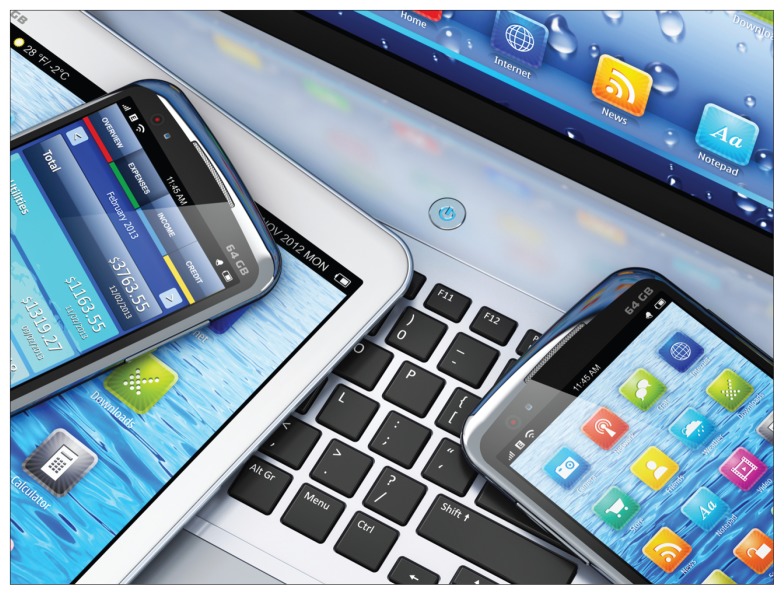Mobile applications for cell phones and other devices hold great promise for helping patients care for themselves, but like any patient intervention, they must first be subjected to study before we can claim they are useful. Some are studied but many are not.
“It is somewhat the Wild West right now,” says Dr. Homero Rivas, an assistant professor of surgery at Stanford School of Medicine in California.
There is a definite absence of regulation or peer review of apps in health care, and that can be “somewhat distressing for medical practitioners,” adds Rivas, who acts as an advisor for an online course at Stanford entitled Mobile Health Without Borders.
“Many of the apps are being developed by people with no medical background. They should be responsibly produced.”
Ideally, apps targeting patients should be evaluated with the same rigour as a new drug before becoming part of clinical practice, but in reality they are not, says Rivas.
Dr. Eric Leroux, an emergency medicine physician at Stanford Hospital and Clinics, who directs Rivas’ online course, says “Apps are not prescribed by physicians, so they do not go through a randomized, controlled trial to assess their safety and efficacy.”
There is a “cluttering” in the app market of lesser quality apps, he adds.
Still, Leroux is optimistic that the health care sector, rather than technology gurus, will increasingly own the medical apps space, which will result in robust studies to support reliable, clinically relevant apps.
Some apps are undergoing study, a few of which were presented at a Rogers Innovation & Technology Series symposium, Medicine Gone Mobile: How Apps are Changing Health Management, in Toronto, Ontario, in February.
Health care professionals need to take control of medical apps to ensure they are clinically efficacious.
Image courtesy of Oleksiy Mark/iStock/Thinkstock
All the apps developed by Dr. Joseph Cafazzo, lead for the Centre for Global eHealth Innovation in Toronto, and colleagues were studied before being introduced to patients in Toronto’s University Health Network.
One such app encourages patients with diabetes to manage their hypertension. A study published in Hypertension showed that patients who monitor their blood pressure with an app that sent self-care messages after readings fared better than patients with diabetes who did not use the app.
“The group that was engaged saw a 20% improvement in their cardiovascular mortality risk,” says Cafazzo. “There was more awareness on the part of patients [about the importance of changing behaviour].”
Apps are also making headway in pediatric settings. At the Hospital for Sick Children in Toronto, the chief information officer approves apps before they are used and most have undergone some scientific evaluation.
Nurse practitioner Jennifer Stinson, a clinician–scientist at the hospital, helped develop an app that used a game to keep young patients engaged and compliant with reporting their cancer pain.
Pain Squad has been used at four pediatric hospitals in Canada. Young patients with cancer enter as “rookies” in the Pain Squad and climb the ranks to higher levels when they complete their pain diaries on their mobile devices in real time. A study in the Journal of Medical Internet Research found that compliance with the app was high (mean 81%) and the teens found it likeable and easy to use.
“This provides [clinicians] with more meaningful data about their cancer experience,” says Stinson.



